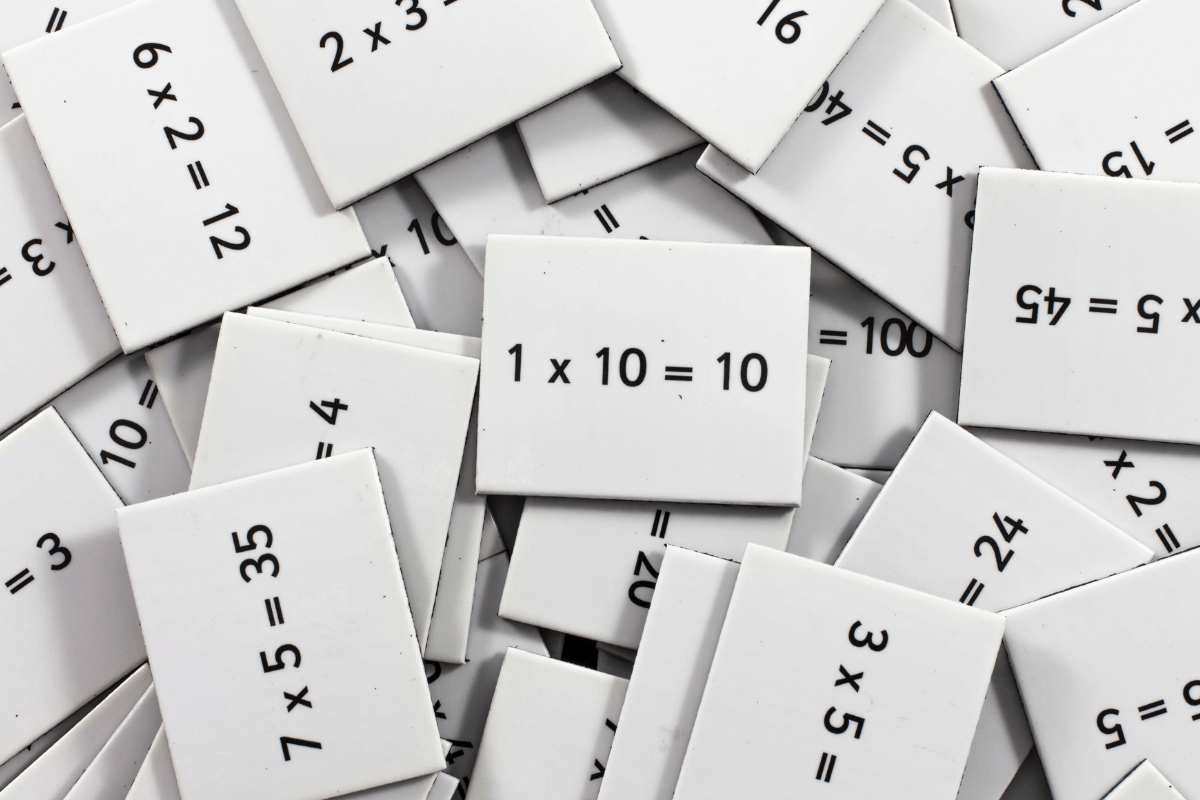Math can be a stressful subject for many parents, and multiplication is one of the most feared subjects. When your child comes to you for help with their multiplication, you may feel like simply running away. If this sounds like you, chances are your fear of multiplication all comes down to two reasons. The first […]
Categories
How To Help Your Child With Multiplication


